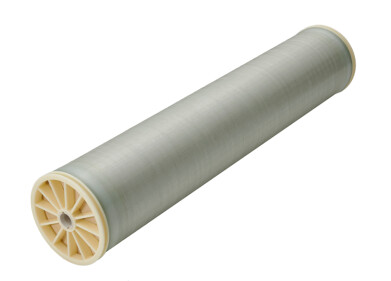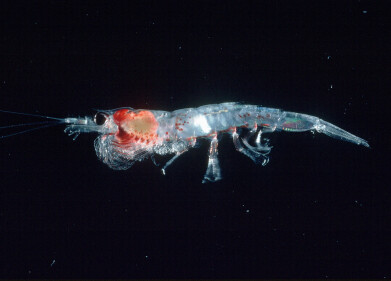Water/Wastewater
How Toxic Are the World’s Fish?
Mar 24 2016
With the news of an oil spill or wastewater treatment plant malfunction almost a regular occurrence in our media outlets, it should not come as a surprise to learn that the fauna living beneath the waves of the world’s ocean contain degrees of toxicity. But exactly just how toxic are the world’s fish?
A new study from the USA has revealed that persistent, bio-accumulative and toxic pollutants (PBTs) can be found in fish populations in all of the world’s oceans. This means that pretty every single fish we consume, regardless of species, size or habitat it was farmed from, is in danger of containing toxic elements.
Good News and Bad News
The study was conducted by scientists from Scripps Institution of Oceanography, at the University of California San Diego and was published in the journal PeerJ. Taking samples stretching back to 1969 and encompassing more than 2,000 cases in total, the team endeavoured to provide the first global overview of the toxicity of seafood in our oceans.
First, the bad news. “Based on the best data collected from across the globe, we can say that POPs [persistent organic pollutants] can be anywhere and in any species of marine fish,” commented Stuart Sandin, a co-author on the study. The exact level of toxicity in any given specimen could fluctuate wildly depending on its location, with some samples showing levels of PBTs thousands of times higher than others.
However, there were also positives to be drawn from the findings. The researchers found that the average level of contaminants across the board had fallen by 10%-30% every decade since the 1980s, meaning that fish consumed today generally contains around 50% of the toxins it would have done at that time.
Furthermore, the vast majority of toxins did not exceed the safe legal limits imposed by the US Environmental Protection Agency (EPA), though mercury and polychlorinated biphenyl (PBL) were right at their maximum limit. DDT, which has been phased out entirely since its devastating effects were discovered in the 60s and 70s, had fallen well below the safety threshold.
Further Work Is Needed
Jacob James, who funded the study, underlined the point that the battle is only half won. “The take-away message is that consumers should be very concerned about both ‘legacy’ and modern-day toxins in seafood,” explained James. “While it’s an important finding that 'legacy' pollutants in seafood have dropped over the last 30 years, this is exactly what we should expect after decades of preventative regulation of these contaminants. Without similar regulations of modern pollutants, we will only see those levels go up over time.”
Away from the world’s oceans, we also have a responsibility to adopt best practices when cleaning up flooded lakes and reservoirs. These inland bodies of water can easily become contaminated with run-off, sewage and other contaminants, which ultimately can find their way back into the sea and disrupt animal life there.
Meanwhile, it shouldn’t be assumed that fish reared in a private farm or controlled setting will be entirely free from toxins, either. One of the most important aspects of maintaining a healthy ecosystem is the management of ammonia levels in an aquaculture environment. When properly managed, this can ensure that fish and other aquatic organisms farmed and harvested do not contain any unwanted chemical additives or toxins.
Events
Carrefour des Gestions Locales de L'eau
Jan 22 2025 Rennes, France
Jan 29 2025 Tokyo, Japan
Feb 05 2025 Nantes, France
Feb 16 2025 Kampala, Uganda
Feb 26 2025 Chennai, India




-as-feedstock.jpg)





